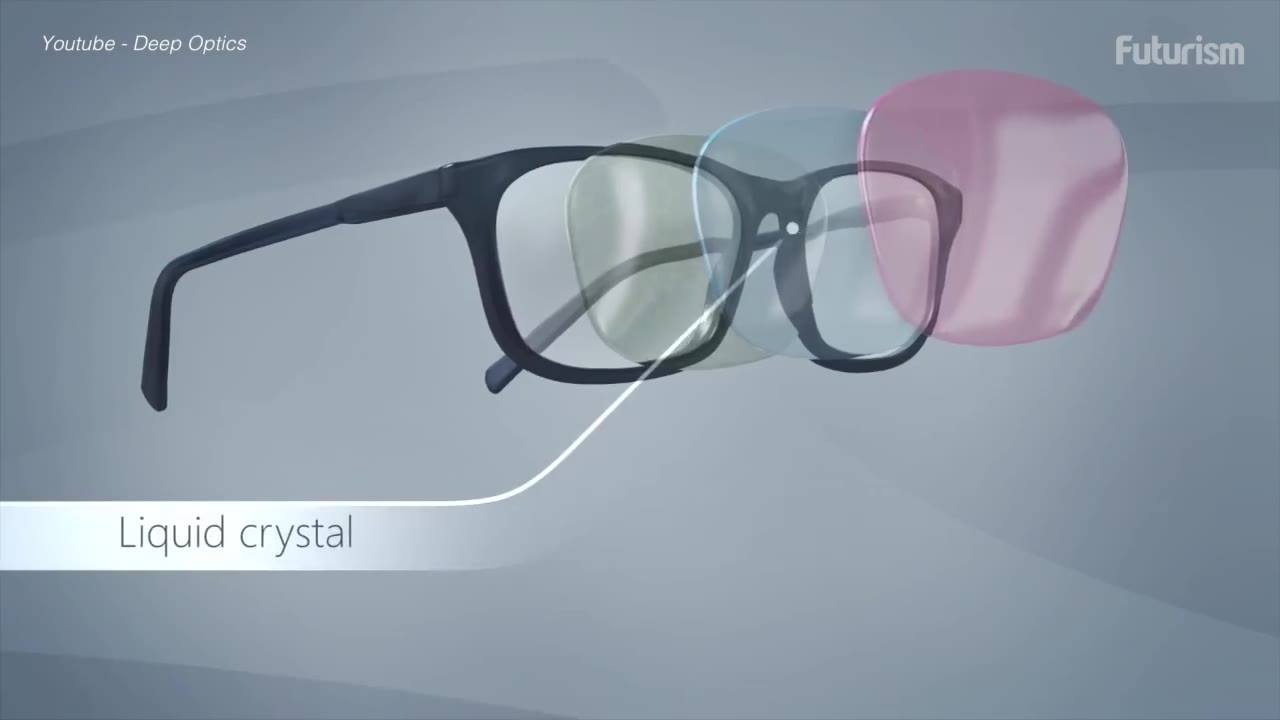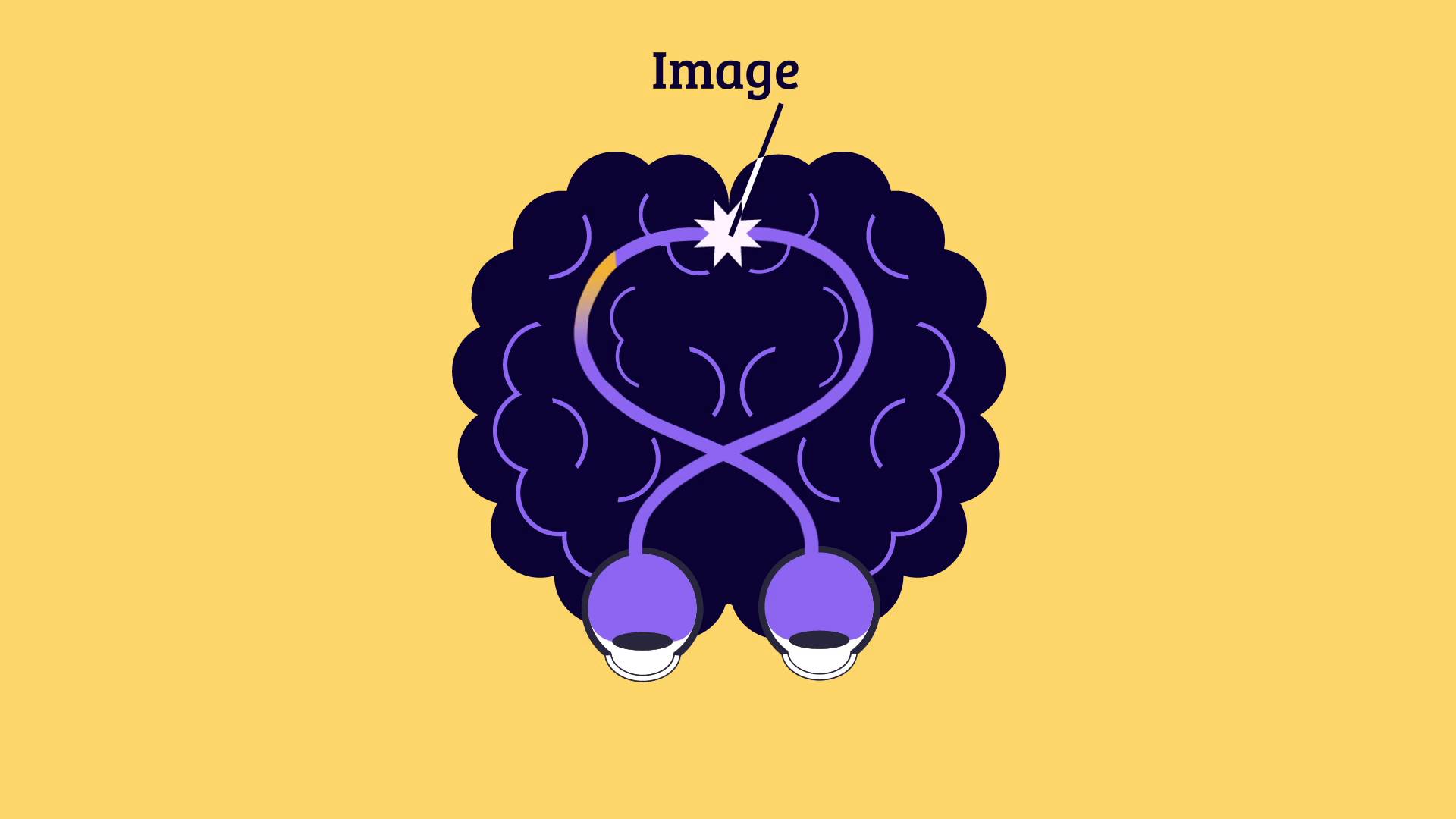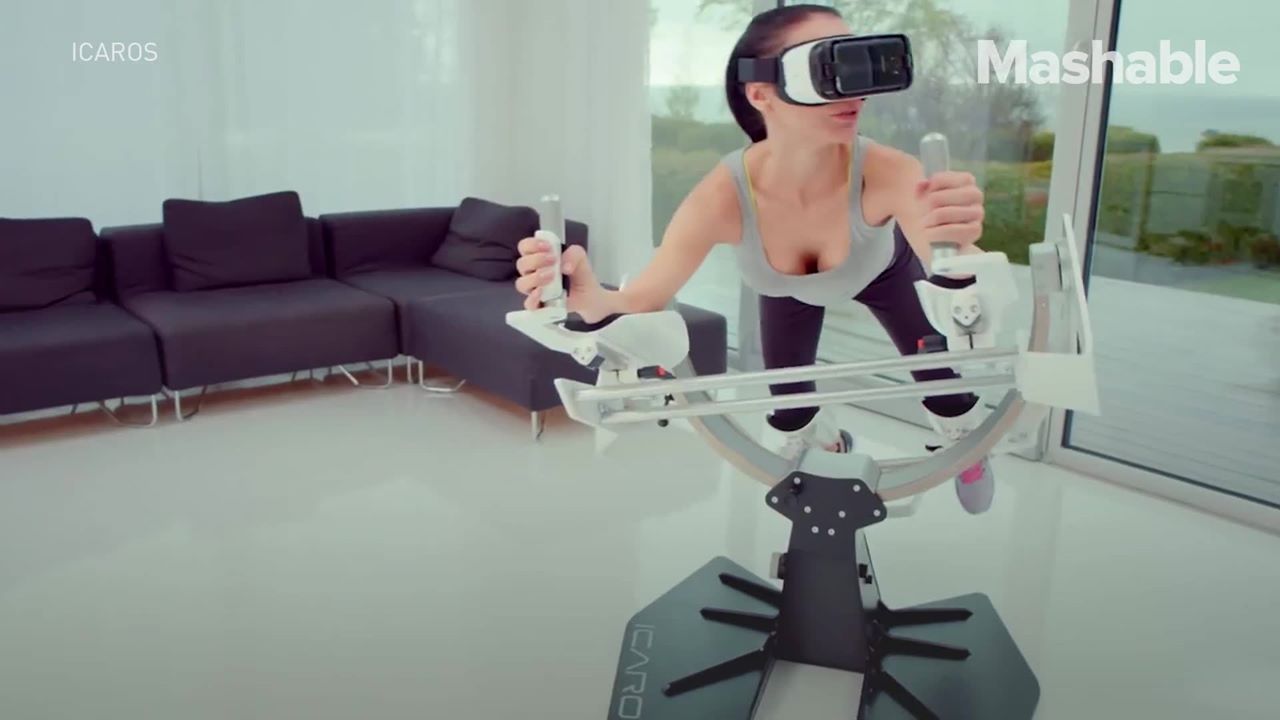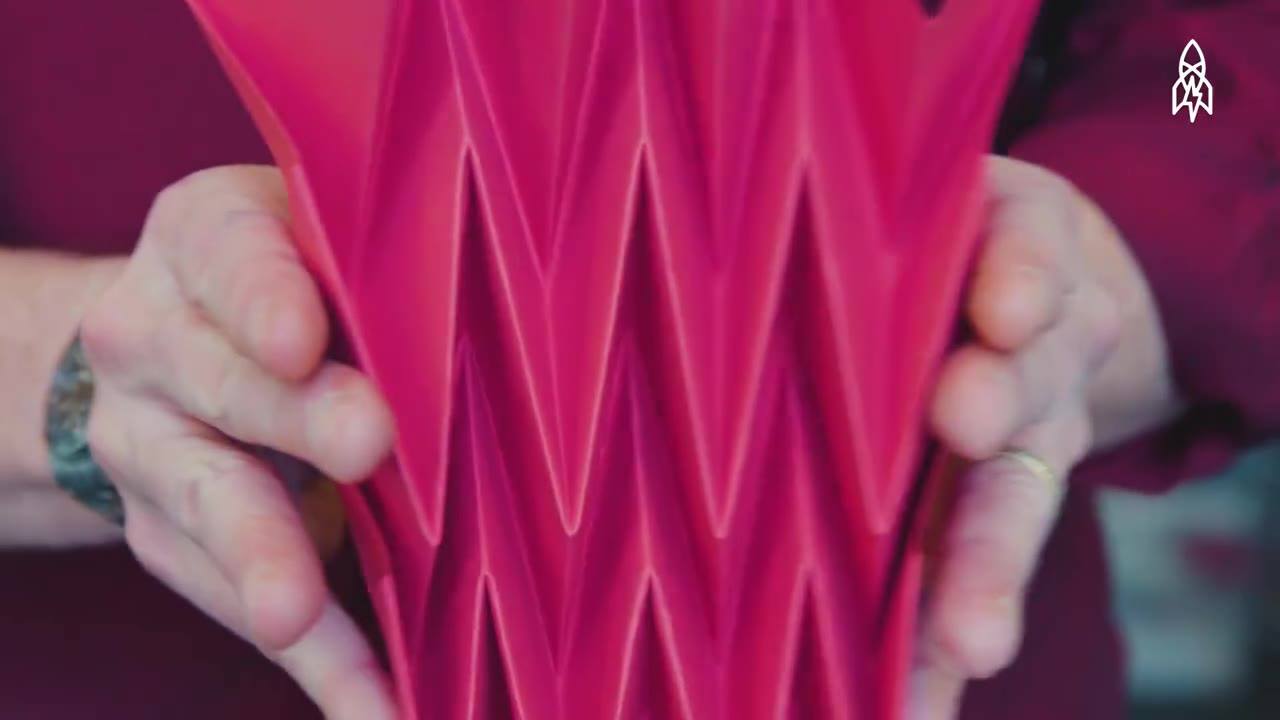Aug 9, 2017
This suit can help the elderly boost their power and regain mobility
Posted by Shailesh Prasad in category: futurism


Let’s face it: people are awful. They’re stupid and forgetful and do terrible things like leave pets and children in hot cars. Safety experts say that an average of 37 children die in locked vehicles every year. And while there is no obvious solution to this particular aspect of humanity’s chronic wretchedness, there are some new safety features coming out soon that can hopefully help prevent these types of tragedies from happening.
Starting in 2018, the new Nissan Pathfinder will include sensors that can detect when the rear door is opened before a trip, so that if the driver neglects to open the rear door again after the car in parked, the horn will beep several times as a reminder. That way, drivers wouldn’t get more than a few steps away before being reminded to give the backseat a quick check. The new system will also display an alert on the instrument cluster behind the steering wheel, so the driver gets a reminder even before he or she leaves the vehicle.
The robot is building a tesseract. He motions at a glowing cube floating before him, and an identical cube emerges. He drags it to the left, but the two cubes stay connected, strung together by glowing lines radiating from their corners. The robot lowers its hands, and the cubes coalesce into a single shape—with 24 square faces, 16 vertices, and eight connected cubes existing in four dimensions. A tesseract.
This isn’t a video game. It’s a classroom. And the robot is Brian Greene, a physicist at Columbia University and bestselling author of several popular science books. His robot avatar teaches a semicircle of student robots, each wearing a shoulder badge of their home country’s flag. The classroom is outer space: Greene and the arc of student-robots orbit Earth. After he shows the students the tesseract, Greene directs his class to try making four, five, even six dimension objects. This is a virtual reality course on string theory; the lesson happens to be about objects with more than three dimensions.
In real life, Greene is wearing a dark blue shirt, black jeans, and boots, and his normal, non-hovering chair is sitting in a concrete-floored VR business called Step Into the Light planted firmly on Earth’s surface—Manhattan’s Lower East Side. An HTC Vive headset covers his face, and he gestures effusively—he’s a New York native—with the controllers.
Continue reading “String Theory’s Weirdest Ideas Finally Make Sense—Thanks to VR” »

Most people are trichromats, possessing three types of cone cells to see color with. A woman in northern England has four types of working cone cells, which means she has the ability to see far more colors than most of us can.
After more than 25 years of searching, neuroscientists in the UK recently announced that they’ve discovered a woman who has an extra type of cone cell — the receptor cells that detect color — in her eyes.
Continue reading “A UK Woman Has an Extra Cone Cell in Her Eyes and Can See More Colors” »


However, that’s not what he’s best known for now: he’s a legend in the world of origami. His intricate designs are second to none, and they actually have applications back in engineering.
